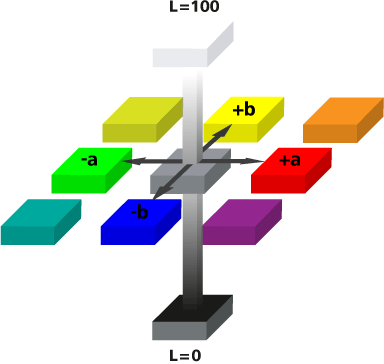Making a black and White print is easy.
Manufacturers have reformulated their inksets to include multiple blacks and highly saturated colors to produce a better black and white print. Printer brands also produced their own software solution, rendering BW files differently. All you need to do is read a bit, select options then press print. But how would you know how that you’re producing your best? Do you even like to know?
If you do, test and compare. Compare the data and methods. It is not enough only to compare the tools, but you must also compare the processes.
Comparing Print paths
I have printed a 21-step wedge for measurement on Hahnemuhle Photorag. I chose this paper for its long history (1584) in paper making and its popularity amongst digital printmakers. Arguably, Hahnemuhle has one of the best canned profiles (ICC profile readily available) in the market today. Having a good baseline in testing is necessary to ascertain if there are any differences with the printing routes. Additionally, if there’s any improvement with HPR, it is almost certain that there would be significant differences with others. I will be using a Datacolor spectrophotometer (Spyder3 print SR) to measure. Note that the test strip was not printed to serve as a target, instead it was printed as a step-wedge to test the BW linearity of different printing paths (printing a target dictates a different process)

Why does it have to be linear? A linear response solves a lot of challenges when printing Black and White; abrupt tonal jumps (banding) ; reduced metamerism; consistent graybalance; high dMax without sacrificing shadow detail; print permanence (less yellow ink; the most notorious color) and the ability to produce a neutral color (no colorcast)

That straight line top to bottom is where you’d want to be. That’s Luminance. Move a wee bit and you’ll touch color (colorcast)
Individual measurement results: From Left to Right
* RGB printing with canned profile
* ABW (Advanced Black and White)
* ABW with custom luminance ICC
* Quadtone RIP

With the data above, it seems that it’s a toss-up between the RGB with canned profile, ABW and QTR. Here’s a side by side comparison.

Conclusion: As expected, the Hahnemule canned profile did very well. But there is a significant improvement using the QTR. Aside from the evident smooth transition from Black to White of the test strip printed with QTR, the data also shows a higher dMax and a more linear response. With a bit of tweak, you can even see tonal differences in 2% steps (the 21 step-wedge is 5% increments)
If you’re serious about Black and White printing, you owe it to yourself to try using QTR. Quad Tone Rip is made by Roy Harrington.
http://www.quadtonerip.com/html/QTRoverview.html
Making a black and white print is easy, but how good is your black and white print is another question. How determined are you in achieving the best black and white print is something that you alone can answer. Remember that printing will only be as complicated as you’d want it to be.
Recent Comments